
National Intangible Cultural Property
No.55 Somok Jang

Somok jang
” refers to a carpenter who produces wooden furniture such like wardrobe, drawer, mirror stand, desk and shelf. He uses Korean traditional wood-working technique that pursues natural beauty by utilizing the pattern of the tree and makes furniture that utilizes unique Korean formative beauty and practicality in consideration of our natural environment and house structure.


Somok jang
(carpenter) should get savvy and good eye for furniture, but also should be able to pick and use tools fit for purpose. So some craftsmen make their own tools that suits their hands. In fact, many tools are required to complete the carpentry work ofSomok jang
. For instance, a chisel for digging or smoothing a hole, a bat for hammering the chisel, a string, a awl for making a hole, a knife for cutting, a measuring rope, an iron, etc.









Joseon
(AD 1392-1910) Dynasty, which was made using combination of simple lines and sectional divisions. Over the time, this technique has developed into much more sophisticated technique that takes into account not only structure and dynamics but also visual effects according to application, material and part & area stress.
Mokgi
, is the specialized product ofNamwon
District (the city in NorthJeolla
Province, South Korea) that has been known for its unique scent, exquisite shape, hard texture of wood and indelible lacquer since the early age ofJoseon
(1392 – 1897 AD) Dynasty. Most of the products ofMokgi
produced are vessels to be used in the rite, but in addition to this, various other products such asChan-hab
(for food), Tea-cup, table, and tray are also produced. Especially, over 85% of "Bah-ri-teh
" (a bowl for the monks) is being supplied fromNamwon
. Raw materials used are normally Fraxinus, birch and ginkgo tree, etc. They are normally used in different way depending on the purpose.
Mokgi
are as follows. 1. Cut off the logs as required then roughly shape it as per design. This stage is initial crafting stage called as "Cho-ga-ri
" (initial crafting) 2.Dry it in the shade for about 40 days to minimize the cracks. and then starts "Jae-ga-ri
"(detail crafting). 3.Mokgi
, at this stage, gets its own complete shape. thenMokgi-jang
film the surface of vessel with naturally sourced dye over few days (5-7 days) then dry it for 10 days to the completion. in this modern age, motor driven equipment is being used in "Cho-ga-ri
" and "Jae-ga-ri
" for better efficiency.





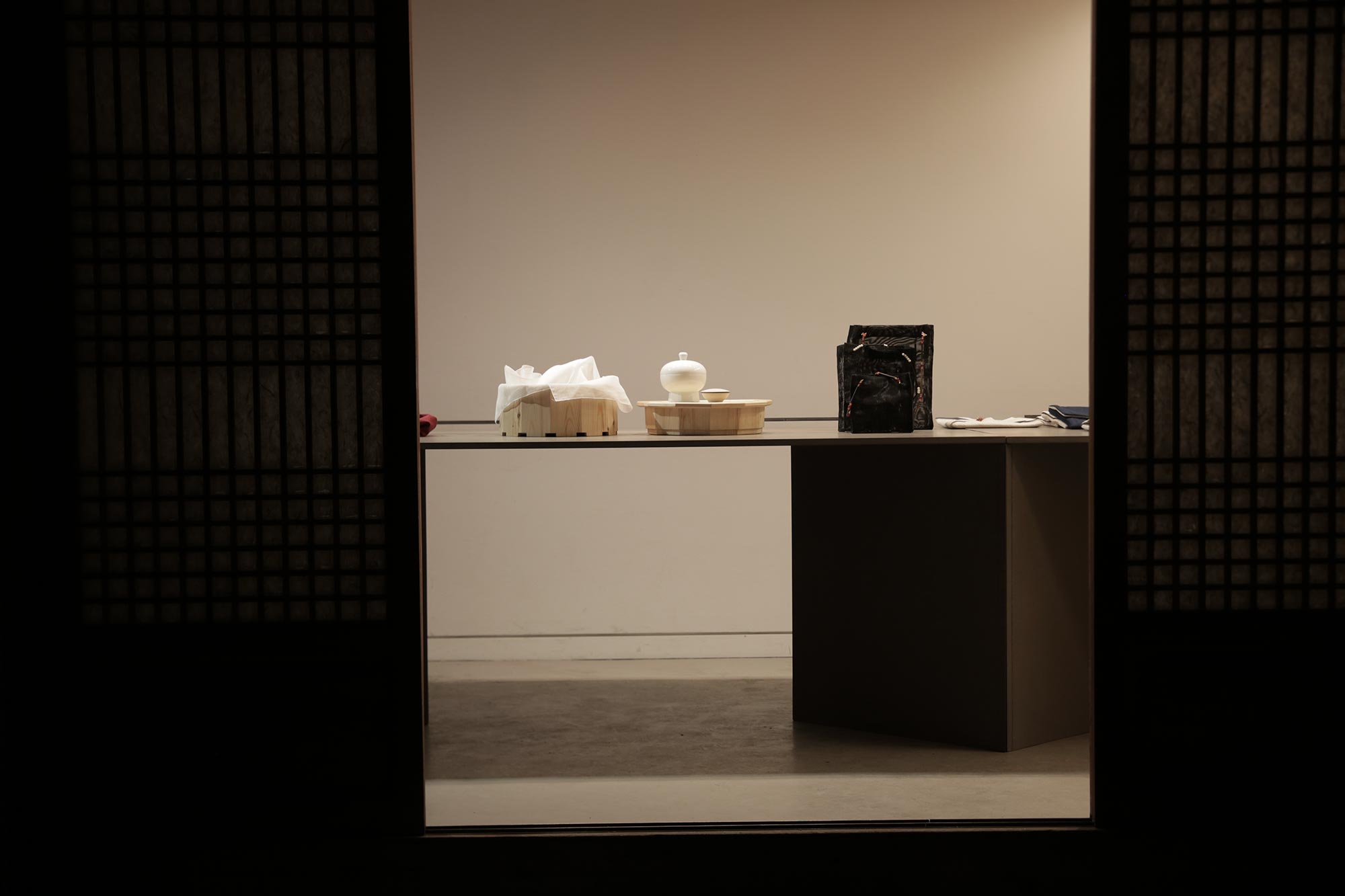




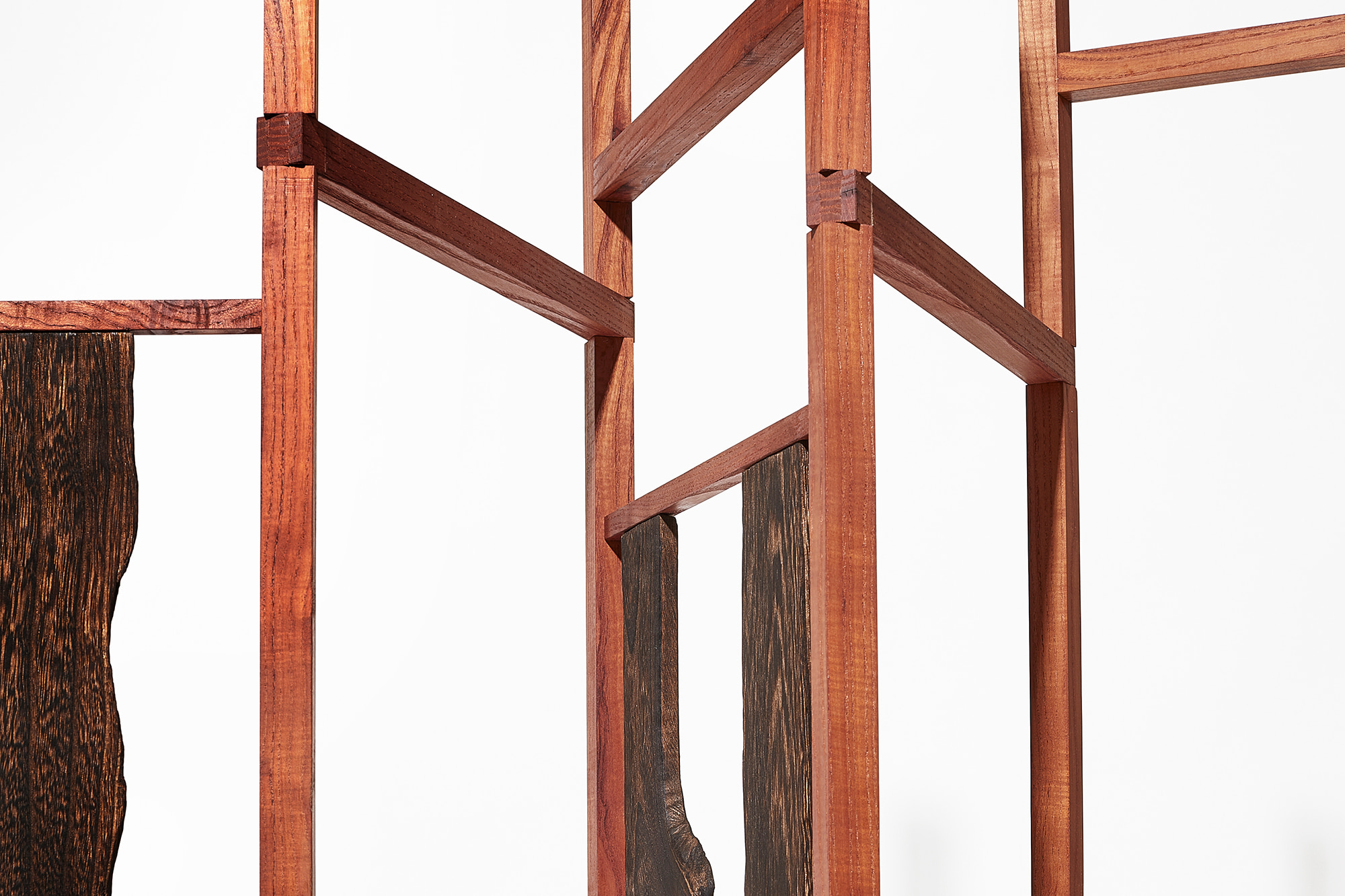
Nakdong Partition
Auroi
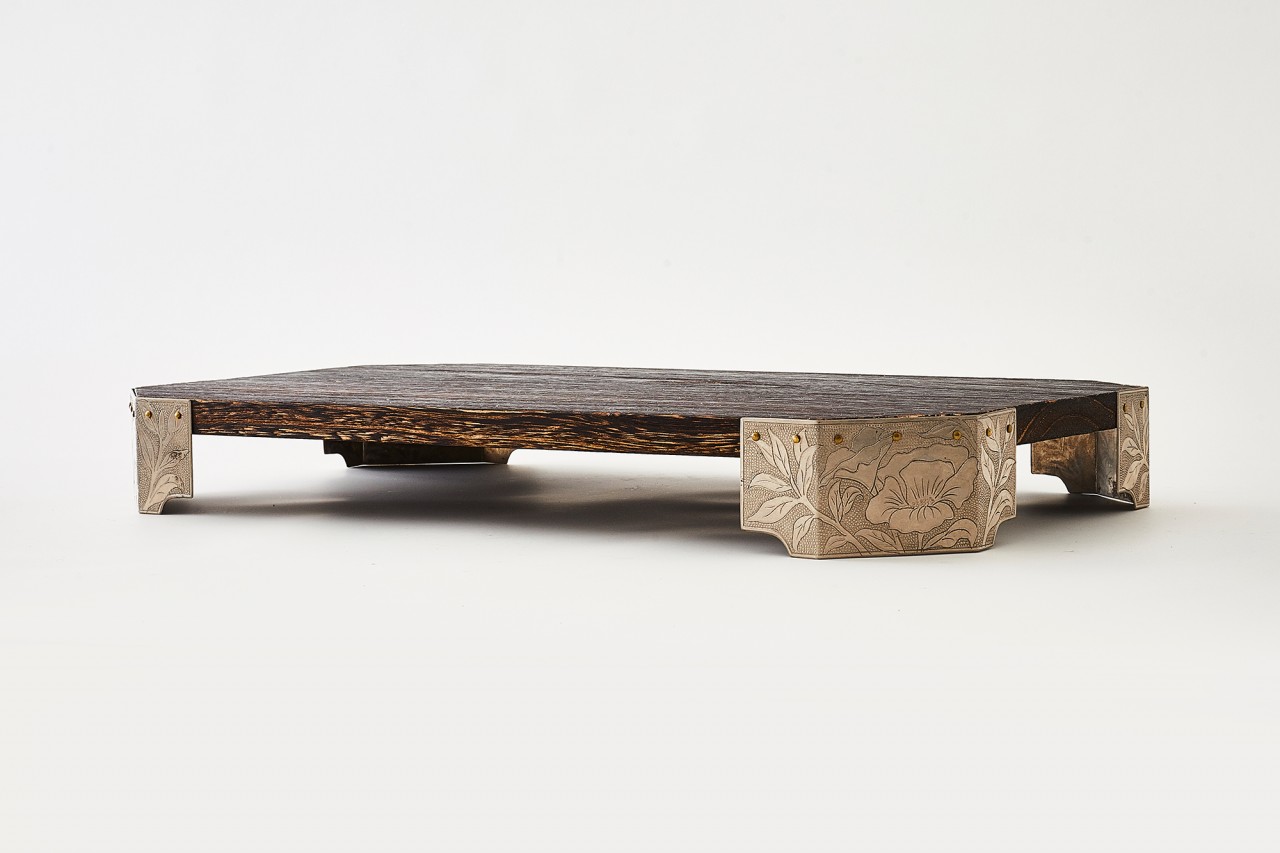
Duseok octoagonal tray
YÉOL PROJECT

Neunghyungmun tray
YÉOL PROJECT
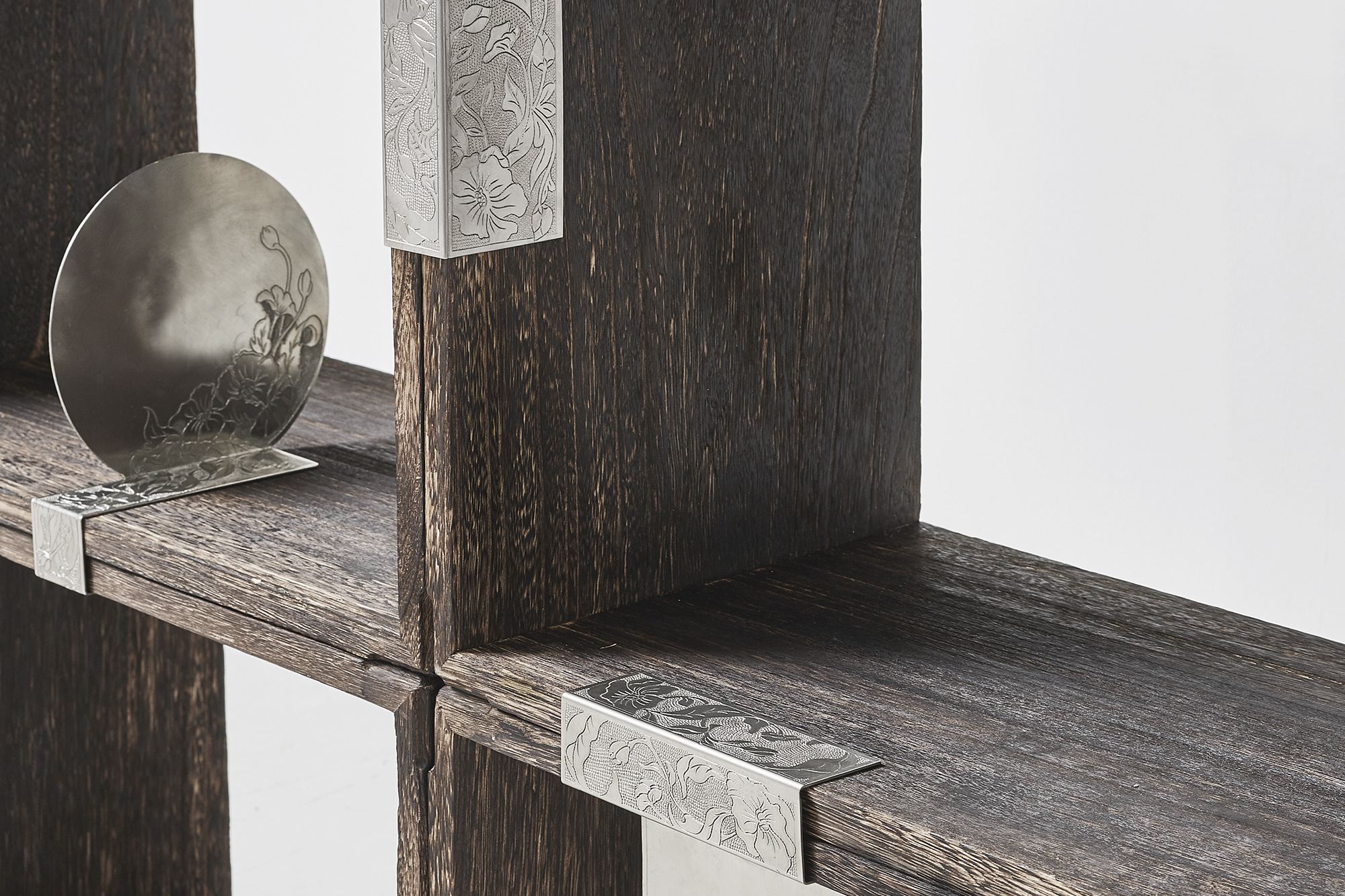
modular shelving unit
collaboration
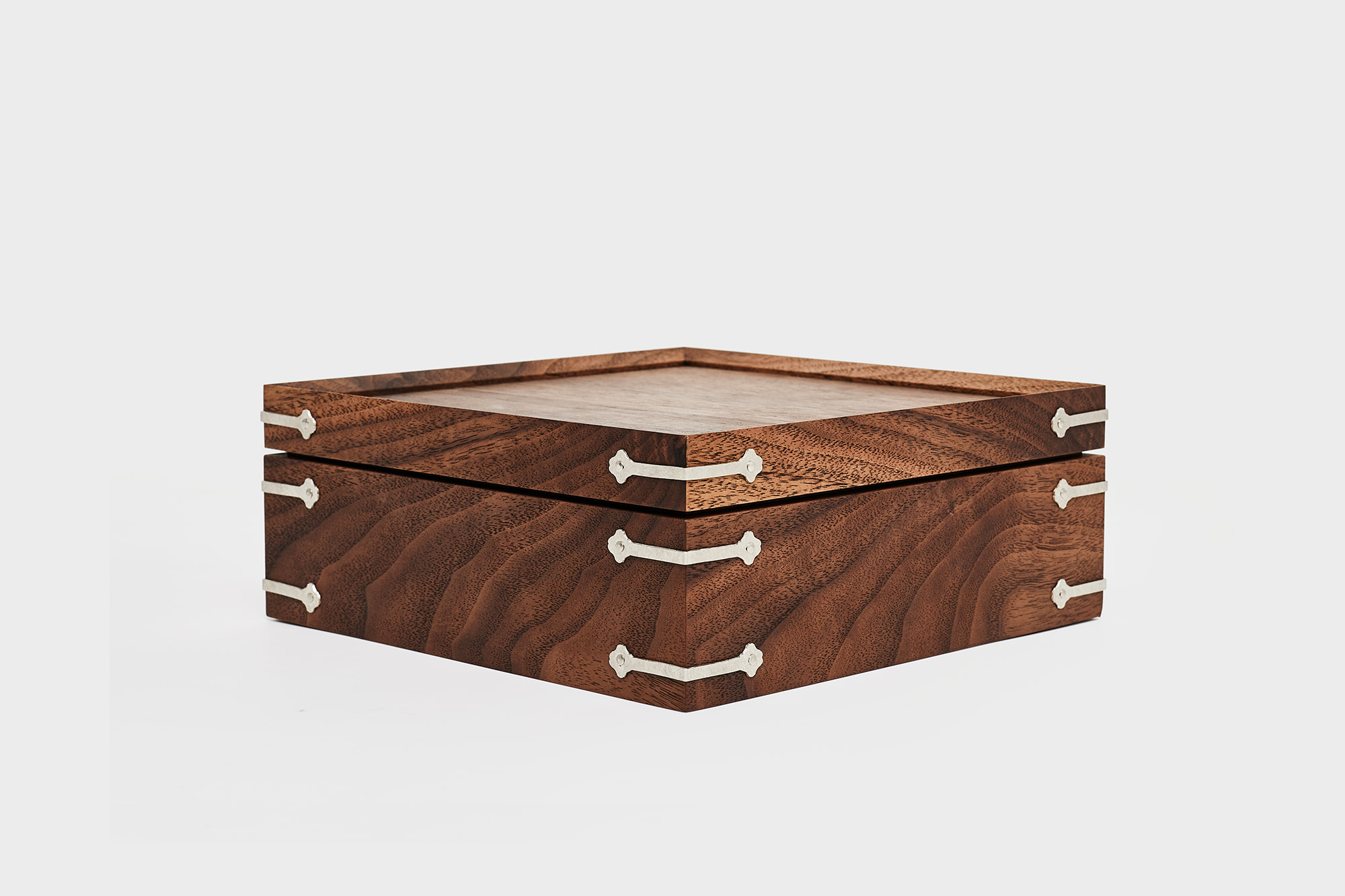
storagebox
artisan of the year
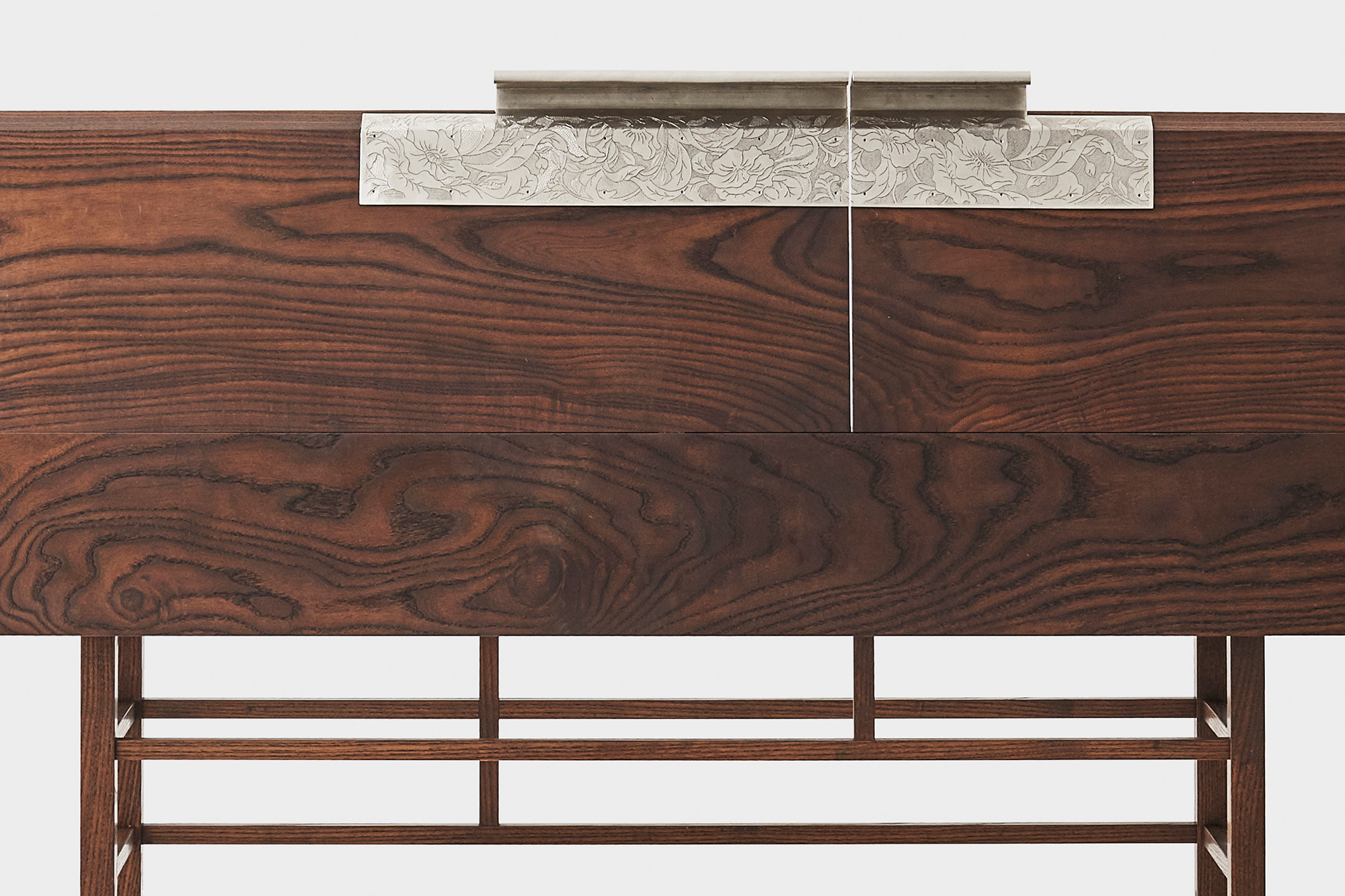
console
artisan of the year
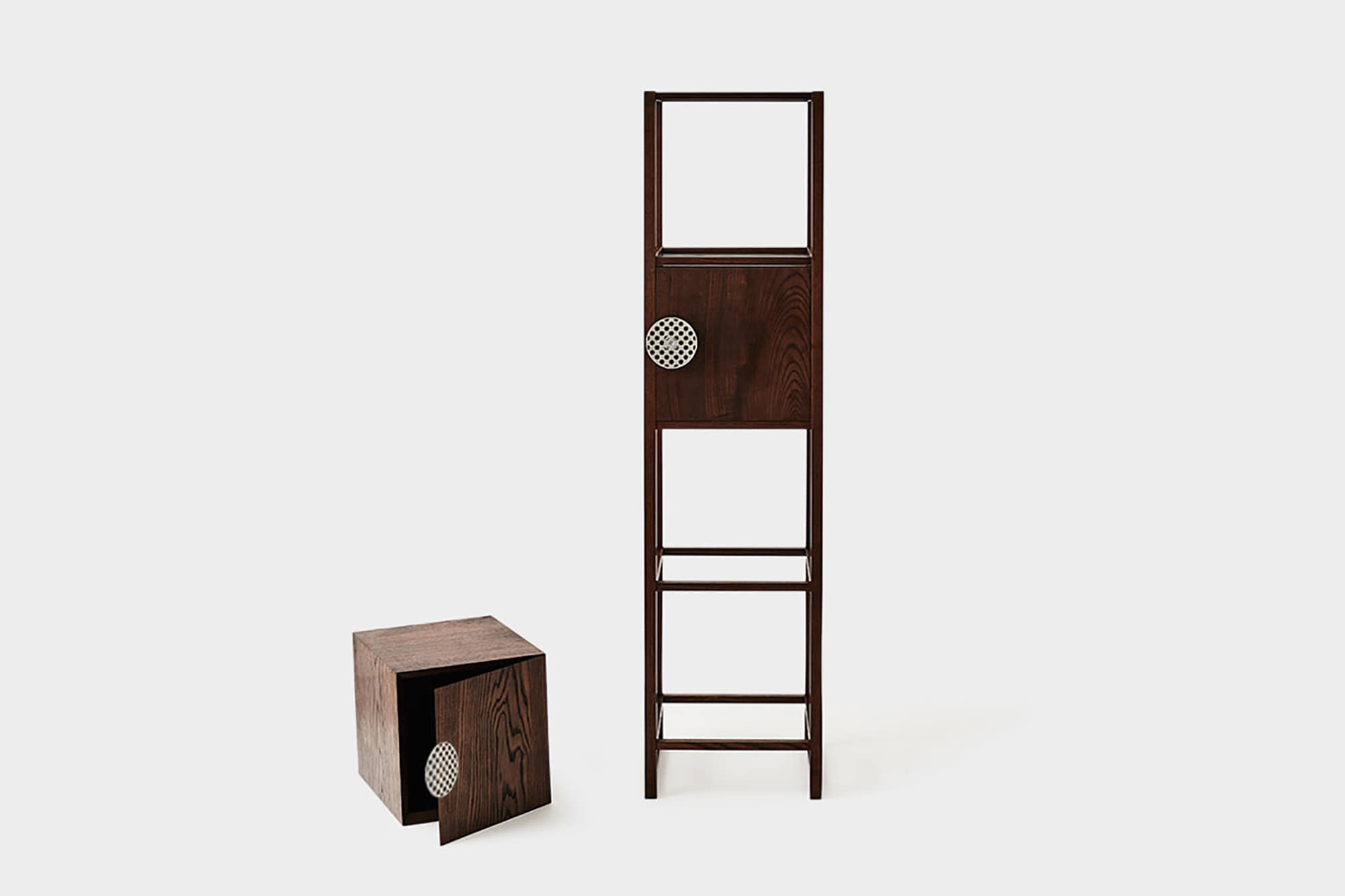
sabangtakja & storage
artisan of the year
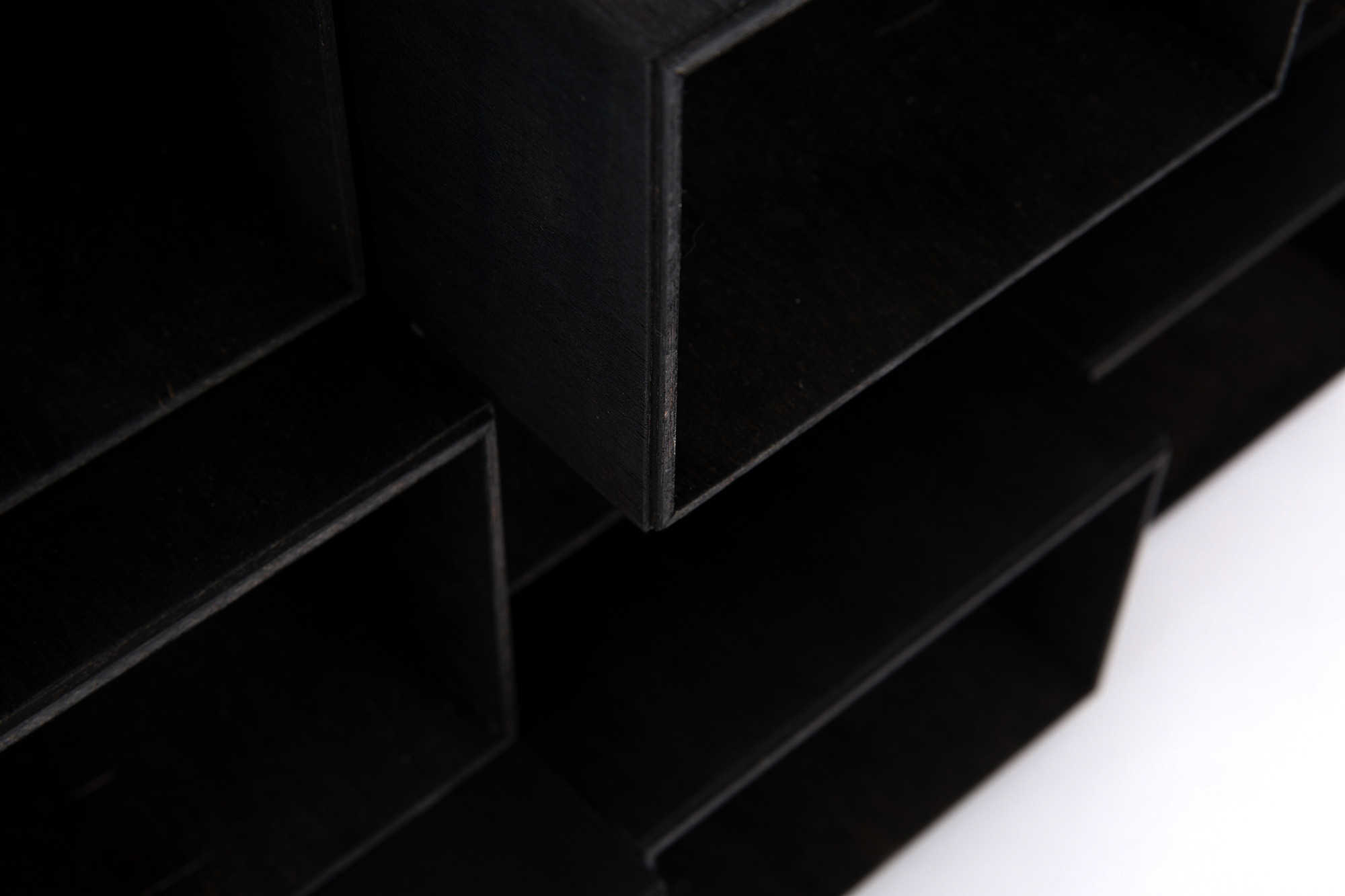
Nakdonggusul box
Dividing the space
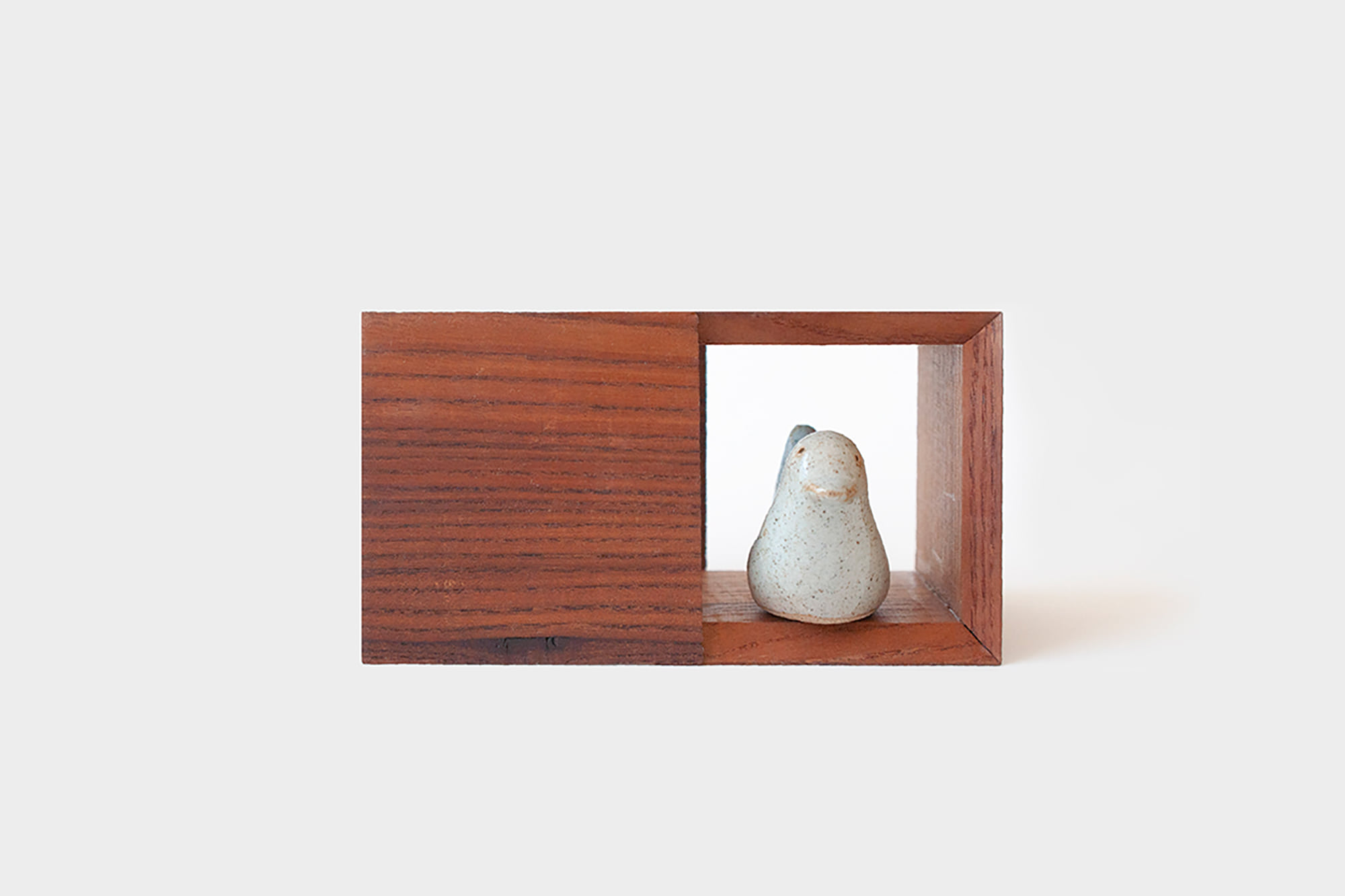
Cham juk ham
traditional packaging project
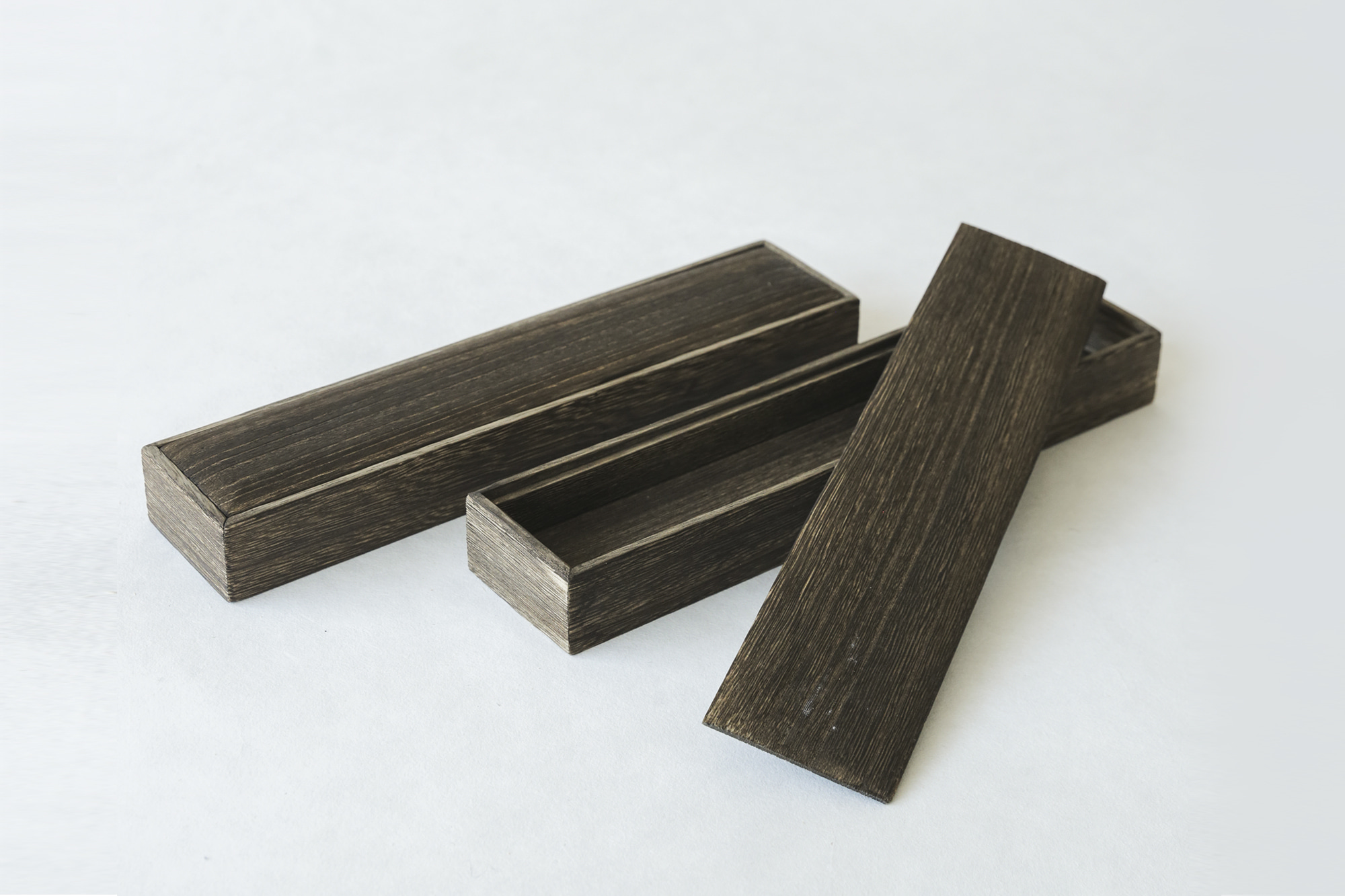
Odong case
traditional packaging project

12-sided storage box
traditional packaging project
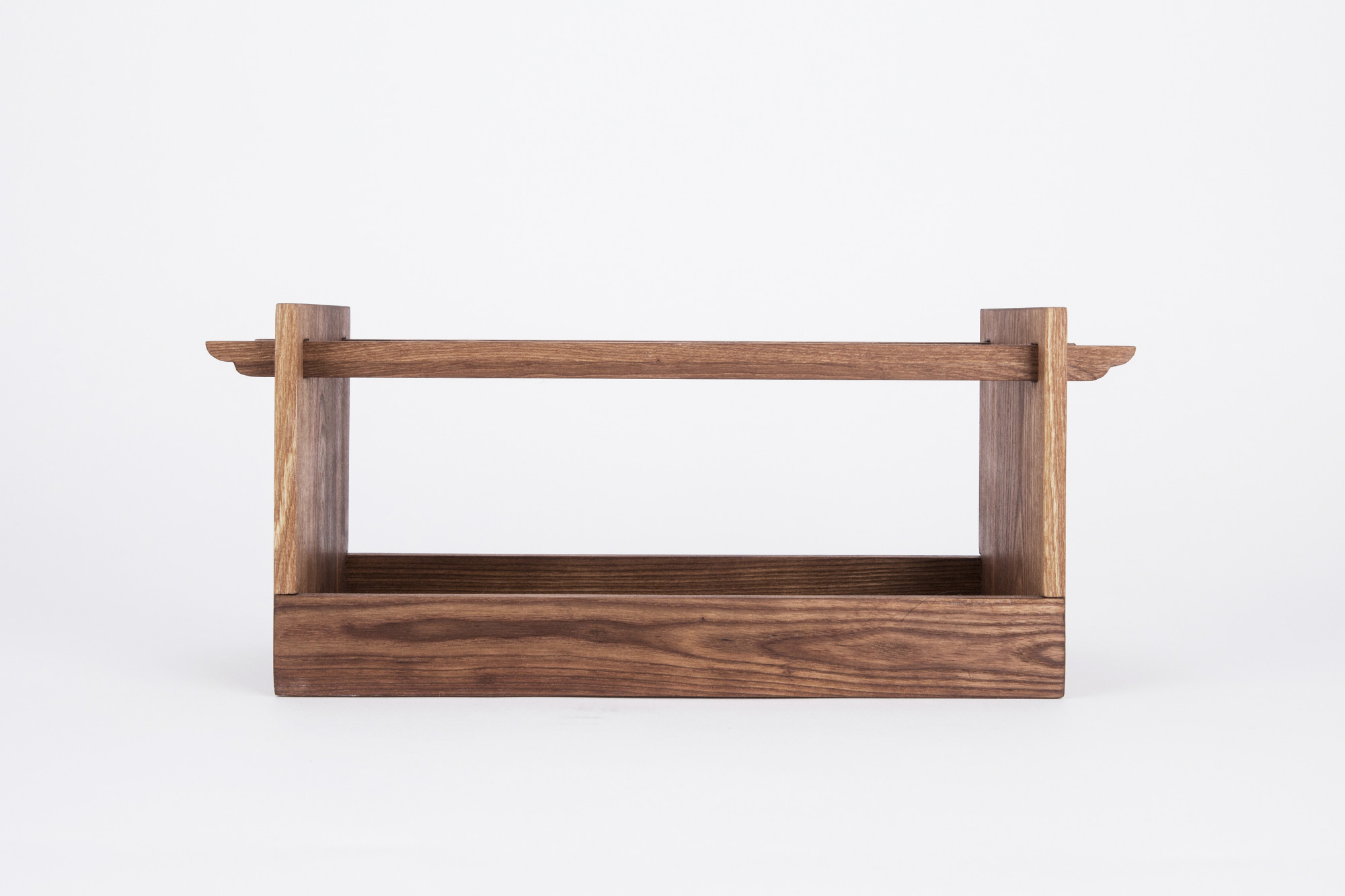
Gong-po ham
traditional packaging project
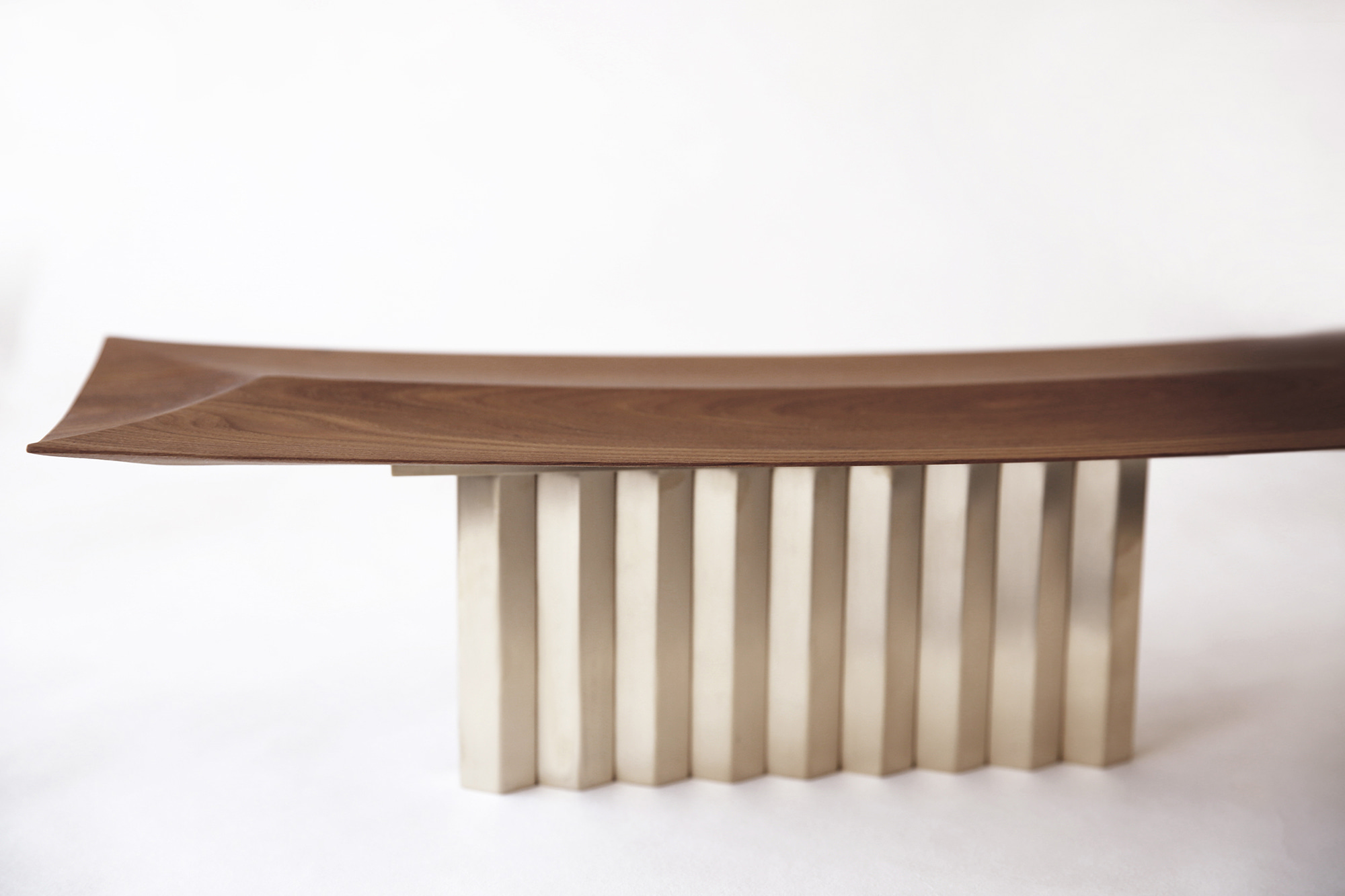
Don hwa ban
Honorable table
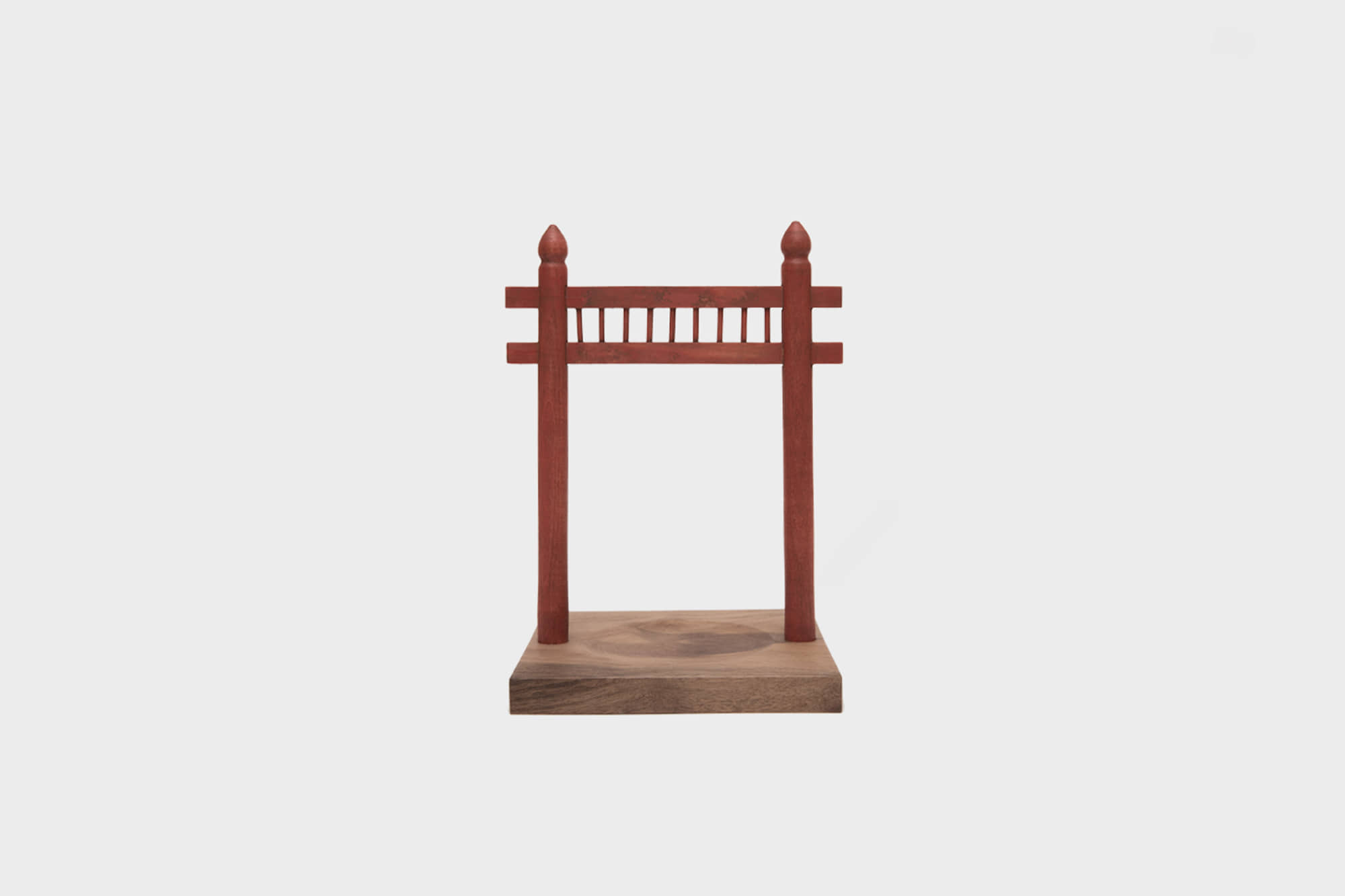
Hongsal Tray
Sajik dan